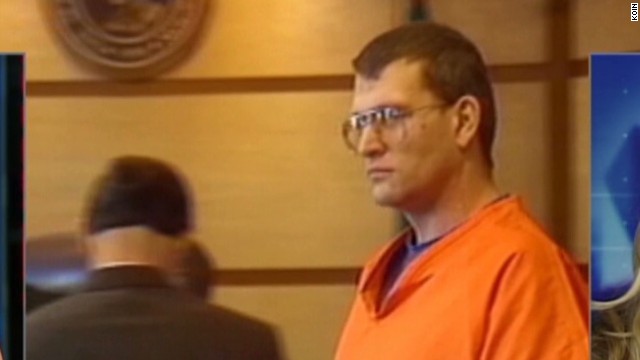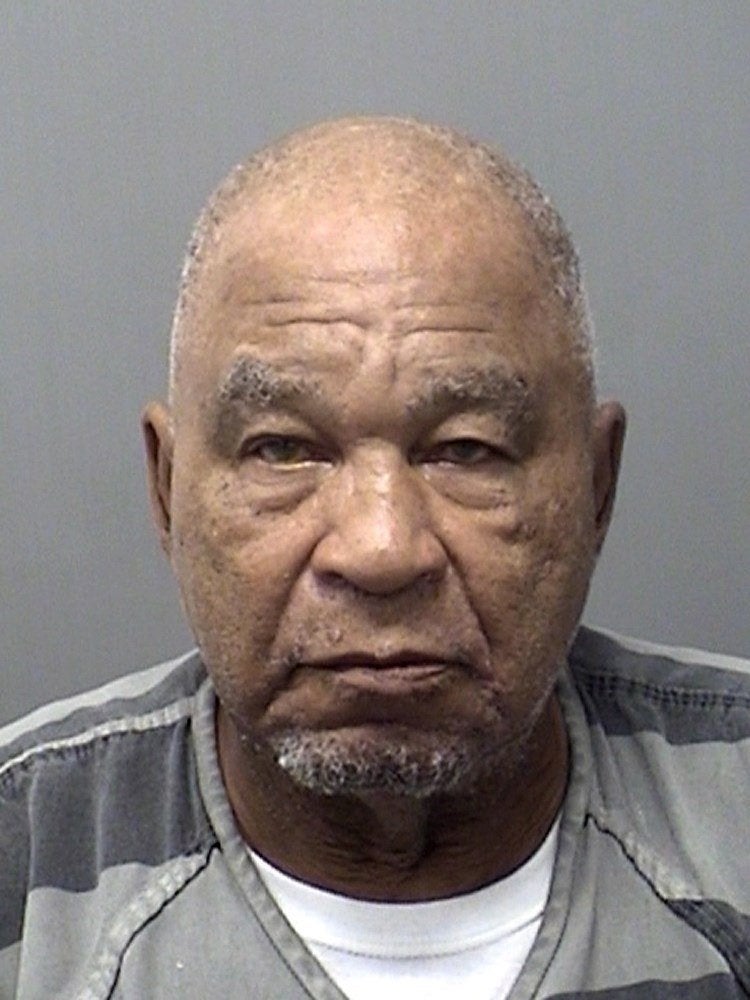

If you have followed Southern Spaces's coverage of Petrochemical America, you will recognize the images that open True Detective, beginning in the title sequence with Sugar Cane and Refinery, a photograph by Richard Misrach of a dirt road through a cane field, terminating in a ditch. © Richard Misrach, courtesy of Pace/MacGill Gallery, New York Fraenkel Gallery, San Francisco and Marc Selwyn Gallery, Los Angeles.įirst image of True Detective's title sequence, 2014, sequence by Antibody and Elastic.

Richard Misrach, Sugar Cane and Refinery, Mississippi River Corridor, Louisiana, 1998 from Petrochemical America, photographs by Richard Misrach, Ecological Atlas by Kate Orff (Aperture, 2012). Rust and Marty will not pursue them because True Detective is an anthology series, and their story is over. It ends with them killing a man who had done the murdering, but who was only a relative of one the real masterminds: a cabal of politicians, nonprofit leaders, businessmen, police, and meth cookers who stage gruesome murders, kidnap children, and control state politics, education, and revenue. Their story begins with investigating the death of a young woman found in a canefield, naked and trussed, wearing a crown of antlers. Marty, a University of Louisiana at Lafayette alum and good old boy, is his more or less straight-laced partner. Before moving to Louisiana to work homicide, Rust spent too long deep undercover in vice, heavily drugged, delivering gun justice to cartel thugs. He is also a mystical nihilist whose popularity gave rise to fans hunting down and interpreting his allusions to nineteenth century weird fiction, Nietzsche, and M-theory during the run of the show. Rust is a Texan, a detail that is constantly used to justify his utter strangeness, to portray him as an intruder, and to set up a Louisiana only understood from the inside. Rust and Marty, played by Matthew McConaughey and Woody Harrelson in virtuoso performances, travel from Lake Charles to Avoyelles to Lafayette to lower Terrebonne to Beaumont, Texas, to suburban New Orleans to Erath, tracing intensities and textures of relationships in particular places to income, education, landscape, and health disparities. However, the way True Detective links a critical understanding of Louisiana with a type of cartographic character development relies more on the intensities of place than a sequence of defining moments. The mystery plot is standard fare: two male detectives, on the trail of perpetrators of an apparent " Satanic ritual abuse" killing, uncover a dusky underworld of cults and corruption.

True Detective is a show about precarious life as much as it is about catching a serial killer. or about "true crime" in rural areas, such as Cajun Justice (A&E).
#Louisiana serial killer 2014 series
The intricate mapping of Louisiana below Interstate 10 in HBO's 2014 series True Detective generates more than just the obvious voyeurism of extreme poverty that marks so many shows about Louisiana, such as Swamp People ( History Channel) and Duck Dynasty ( A&E) 1 Duck Dynasty, a reality show about a family in the duck call industry, is not only a voyeuristic show about poor country living in Louisiana, but one whose subjects are actually wealthy, performing poverty and capitalizing on nostalgia for old-fashioned living. Emma Lirette navigates the personal and critical geographies of southern Louisiana in HBO's series, True Detective, a show that depicts a Louisiana of apocalyptic industry, suburban banality, desaturated waterscapes, and luminous shadows.


 0 kommentar(er)
0 kommentar(er)
